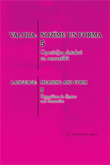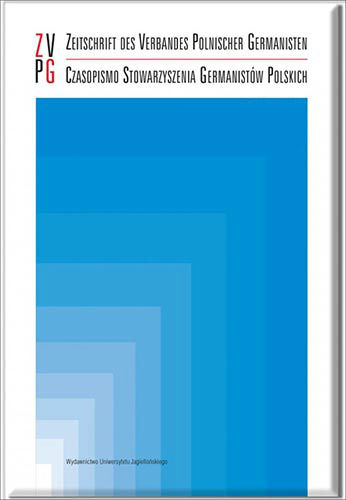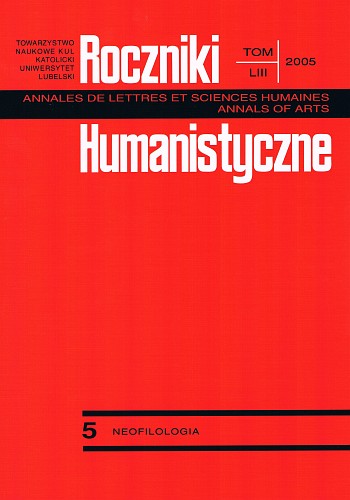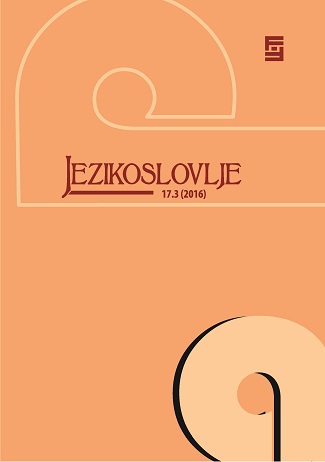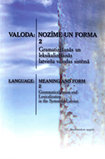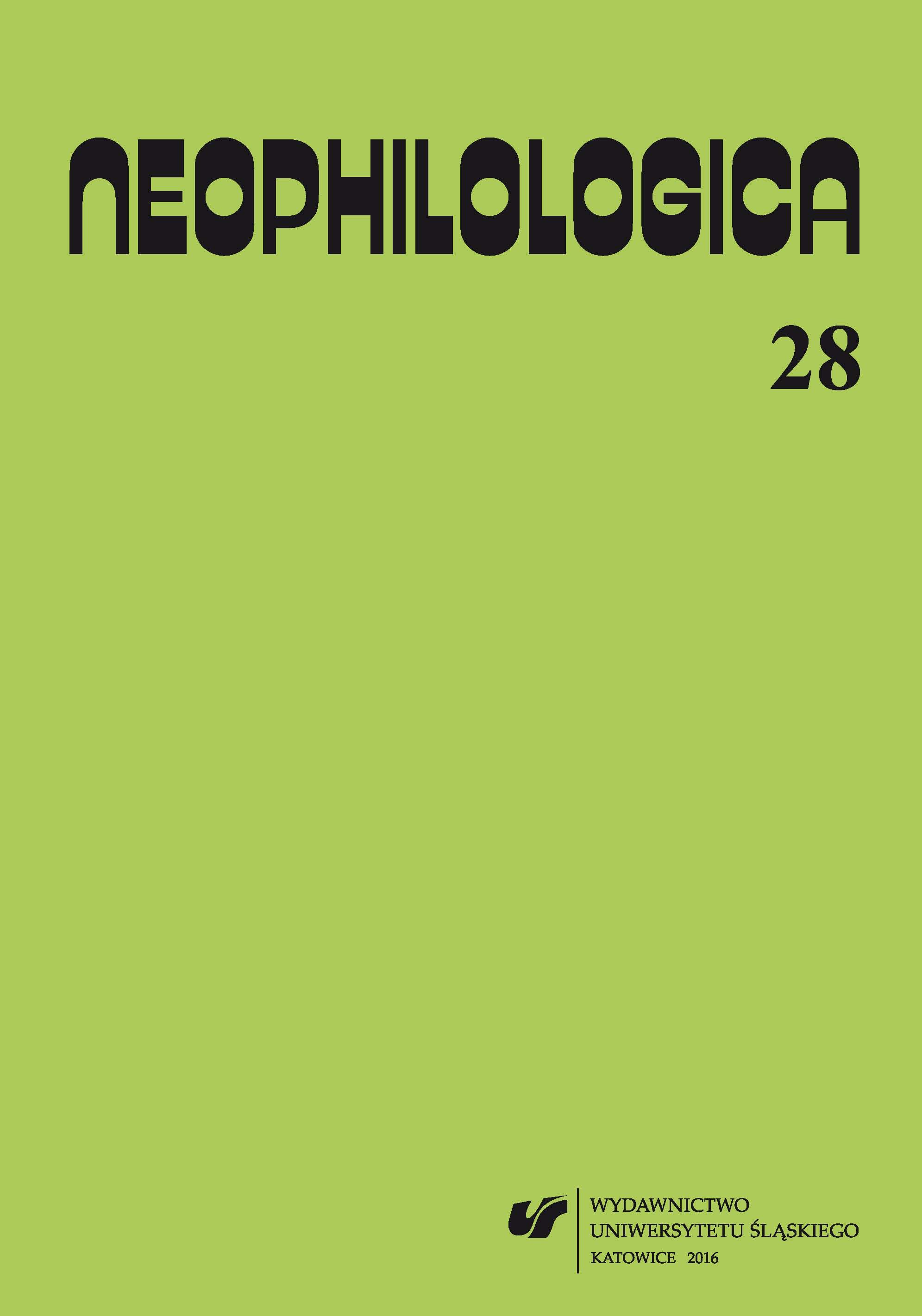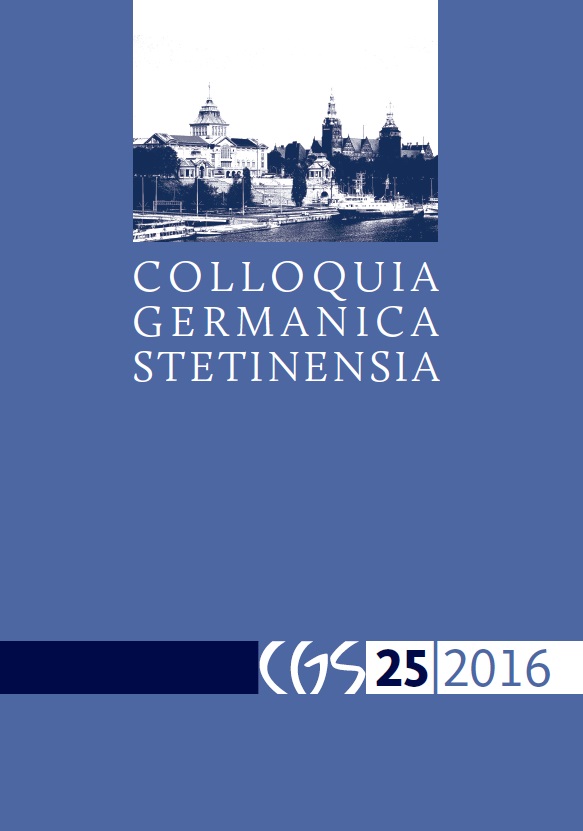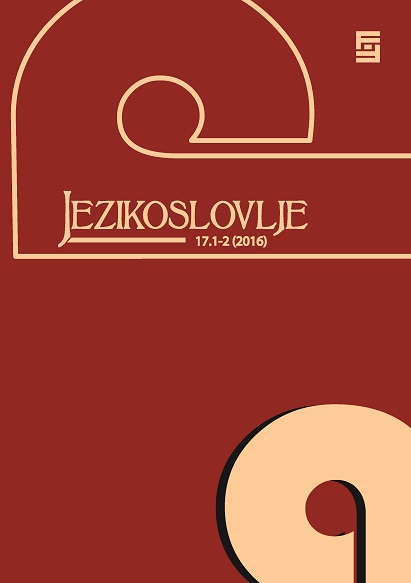
On agentive and instrumental deverbal nominalizations in Slovenian
This paper presents an analysis of Slovenian deverbal external argument nominalizations in a syntactic approach, where the focus is on Slovenian agentive and instrumental deverbal nominalizations in -(V)lec, the most nu-merous and productive class in the language according to Stramljič Breznik (1999). It is proposed that these nominals fall in three distinct classes according to the type of the Aspect head found in the nominalization: i) episodic eventive nominals, ii) dispositional eventive nominals (both denoting animate agents) and iii) functional nominals (denoting instruments and humans in professional or temporary functions). The last type is newly introduced, as English and French-based approaches such as Alexiadou and Schäfer (2010) and Roy and Soare (2014) cannot accommodate Slovenian data relating to the presence and properties of the genitive objects found in Slovenian functional nominals.
More...
